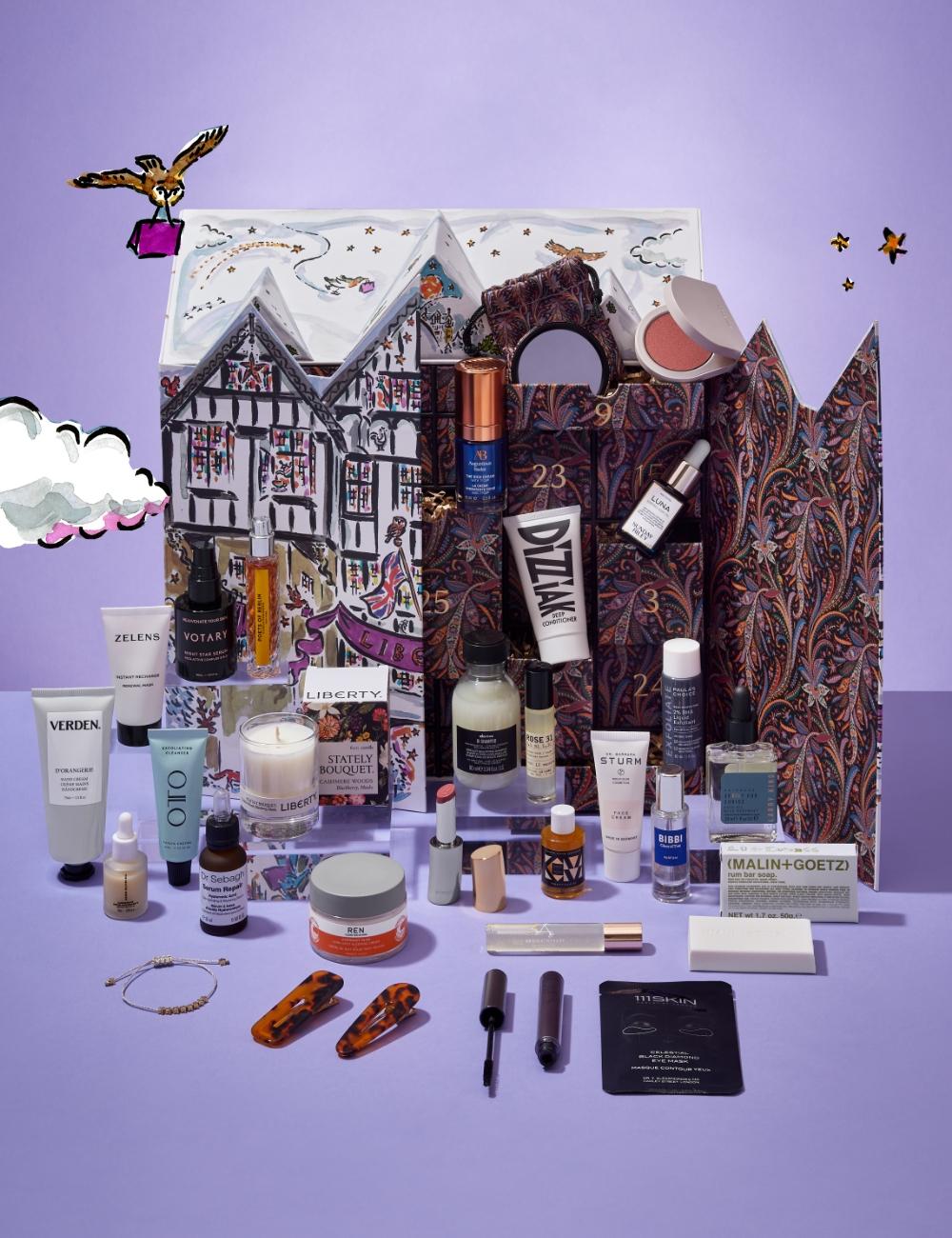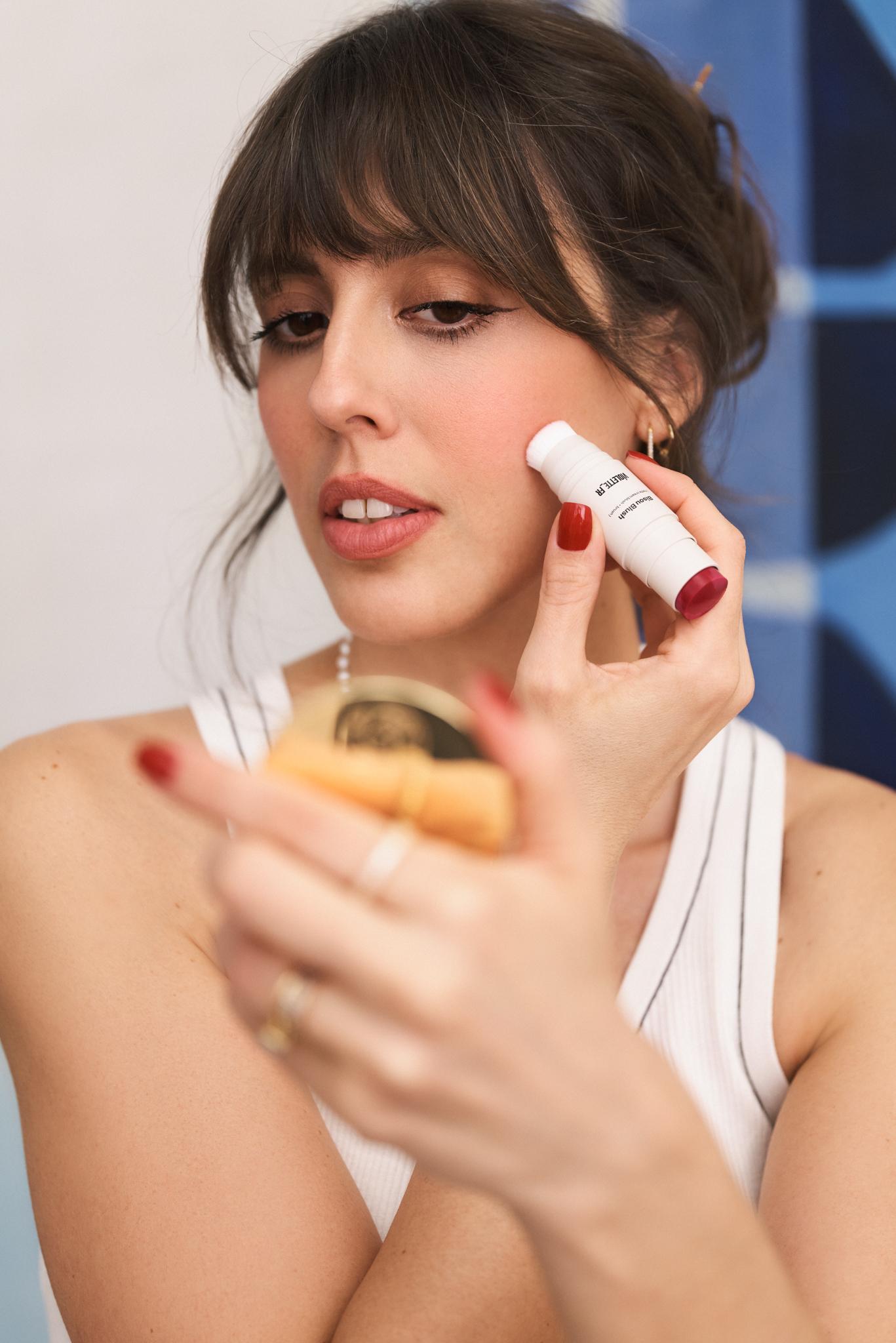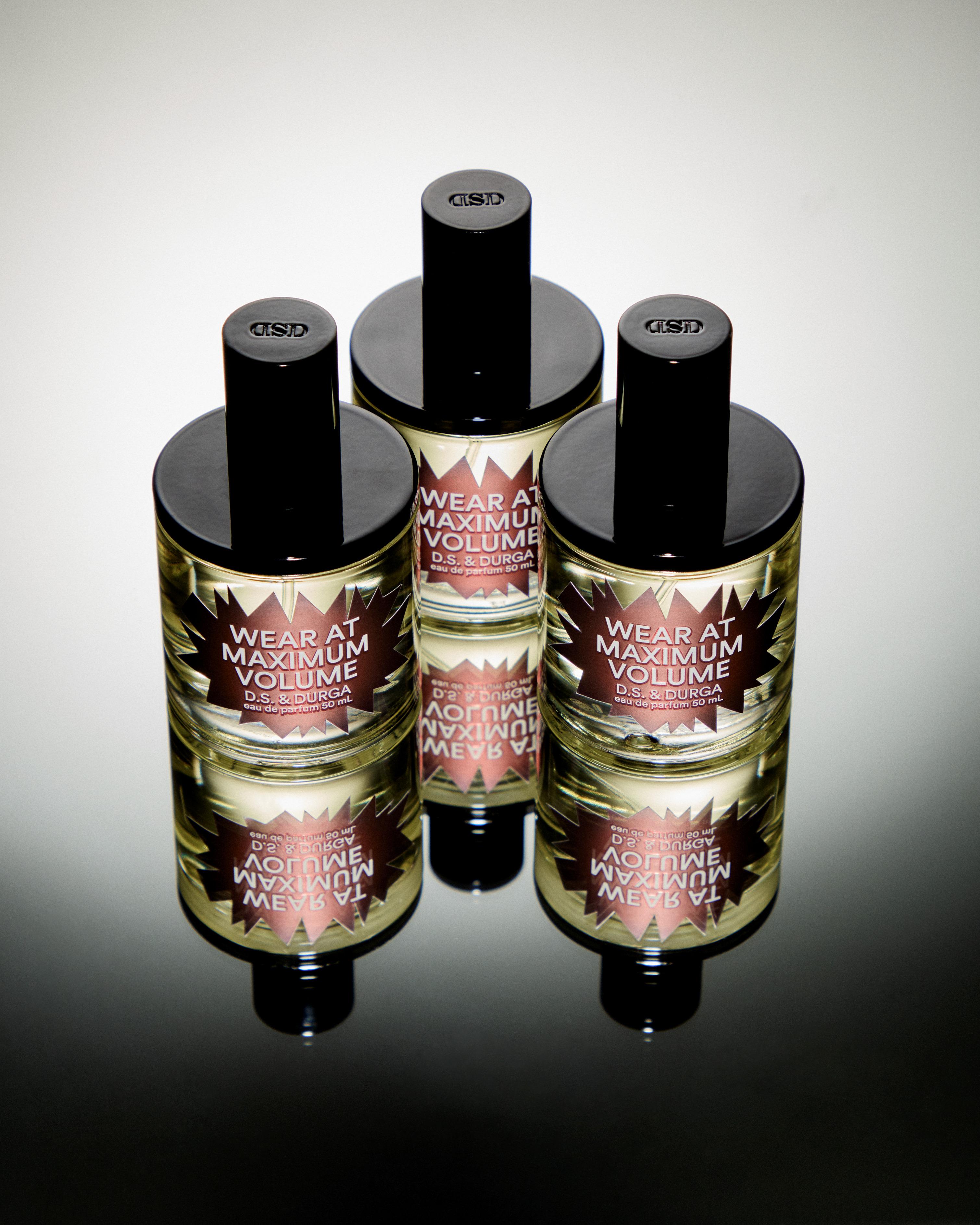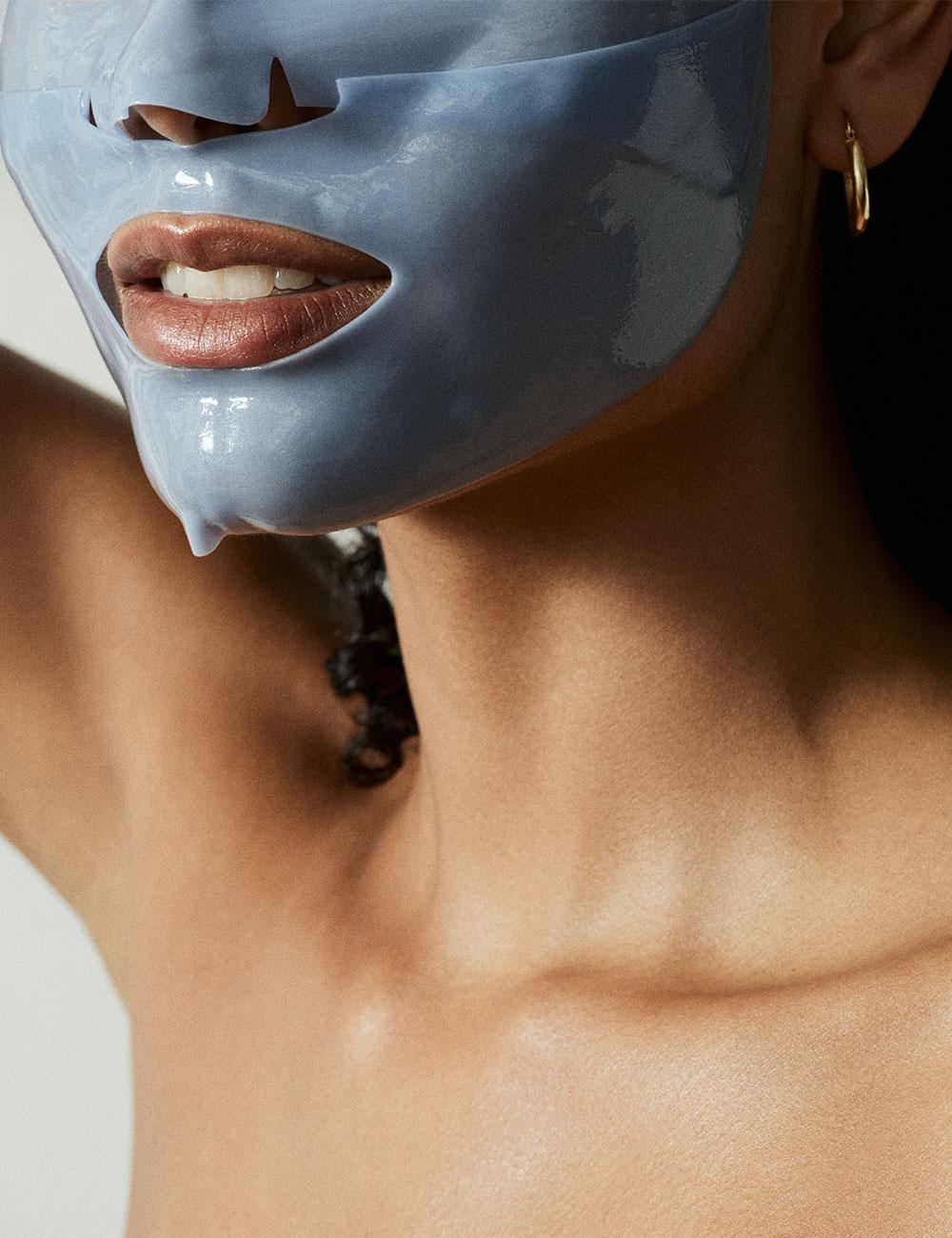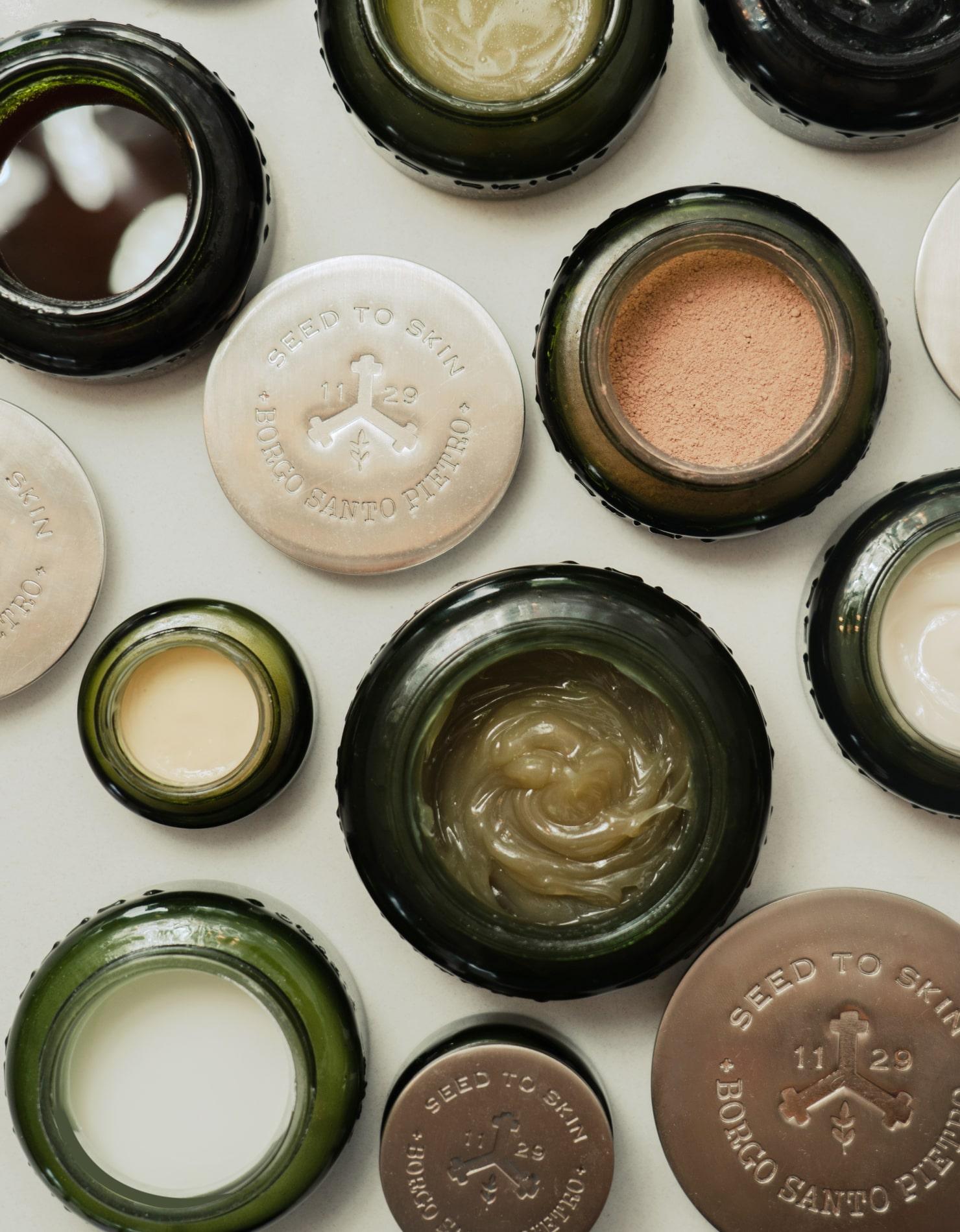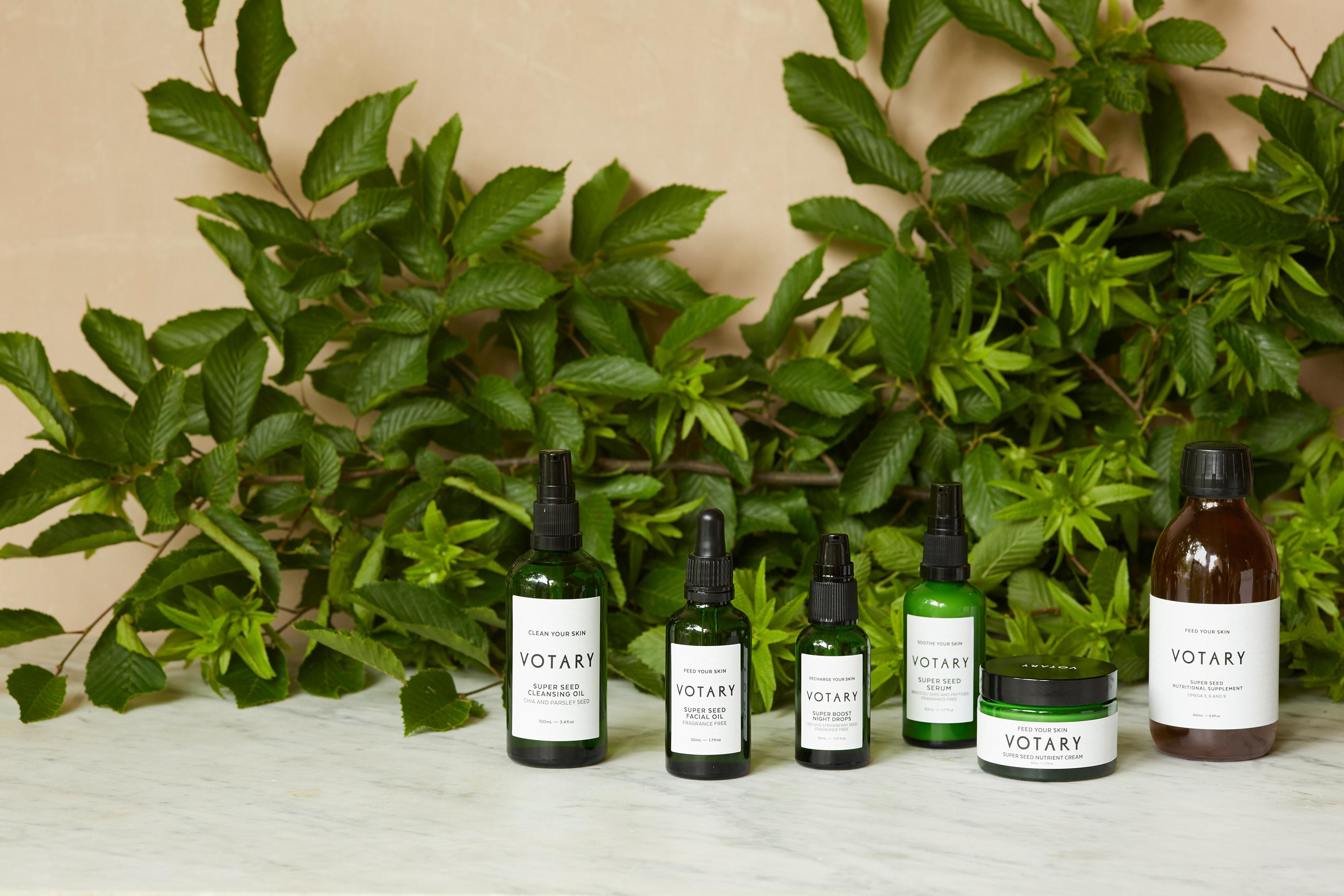AHA vs BHA: The Battle of the Skincare Acids
Learn how to differentiate your salicylic from your glycolic once and for all with Liberty’s expert guide to exfoliating acids
Read more
AHA vs BHA: the Battle of the Skincare Acids
Learn how to differentiate your salicylic from your glycolic once and for all with Liberty’s expert guide to exfoliating acids
By: Shannon Peter
Even if you’re yet to truly learn the precise difference between AHAs vs BHAs, it’s likely that you, too, have been swept up in the frenzy surrounding skincare acids. How could you not? Social media feeds the internet wide are full of skincare aficionados waving bottles of exfoliating toners and acid-rich serums in front of their camera, while talking about their ability to slough away dead skin cells and leave you glowing. But as beneficial as these viral skincare wonder products may be, are you using the right skincare acid for your skin type? And are you using it in the right way? Let Victoria Evans, Dermalogica’s Education Manager be your guide…
Read More: Which ingredients work best together? Our skincare pairings guide should help
What Are AHAs?
The first thing to note is that skincare acids are classified into two main groups: AHAs and BHAs (and technically, PHAs, but we’ll cover those another time). AHAs, or alpha-hydroxy acids, “are water loving molecules that exfoliate skin by detaching the bonds that hold skin cells together,” Evans explains. “This results in a burst of cell renewal, leading to smoother, brighter skin.”
One of the most commonly used AHA found in many high-end skincare formulations is glycolic acid. “It’s a brightening AHA that acts a little more aggressively due to its smaller molecular size, thus penetrates the skin quickly.” On the other hand, lactic acid is a moisturising and brightening AHA, suitable for most skin types.
Read More: Get your routine in line with the correct order of skincare products
Shop AHAs
What Are BHAs?
“BHAs, or beta-hydroxy acids, have a different molecular structure to AHAs,” Evans continues, with the most commonly used one being salicylic acid. “It’s an oil loving molecule meaning it’s a great choice for oily, breakout prone skin. Salicylic acid is drawn into the pores and deconstructs oily build up, helping to clear pores and prevent future congestion and breakouts. It also has anti-inflammatory properties so helps with redness and irritation associated with acne.”
Read More: Rise and shine with the ultimate morning skincare routine
Shop BHAs
What's the Difference Between AHAs and BHAs?
While AHAs and BHAs do have some similarities, their approach to exfoliation is what sets them apart. “AHAs offer skin brightening and smoothing whilst BHAs offer clearing within the pores, and they’re often combined in formulas to gain maximum benefits,” Evans adds.
Read More: Seek professional skin advice in a bottle via these expert-led skincare brands
Can You Use Both AHAs and BHAs?
While anyone using skincare acids should approach with a certain level of caution, the good news is that you can use AHAs and BHAs simultaneously. The key to maintaining skin bliss and never over-exfoliating, is to consider the potency of the formula at hand, and how often you use it.
Stronger acid products, or those considered a ‘peel’, should only really be used a maximum of once a week. However, some acids can be used daily if the dose is small.
It's also worth noting that the overall pH of an acid formula is a big factor in potency and results. “For example, a 10% acid formula at the skin's pH of 5 is less potent in action than a 10% formula at a pH of 3,” Evans adds. This is where shopping expert-led skincare brands will be your saving grace.
Read More: Consider yourself a Skinimalist? Follow this basic skincare routine
Do AHAs or BHAs Have Any Side Effects?
The reason any skincare expert would advise you to tread carefully with acids is that overuse can cause damage to the all-important skin barrier, leaving skin sore, sensitive and inflamed, or even trigger a bout of perioral dermatitis. Evans advises you to “look for signs of intolerance and over exfoliation such as tightness, irritation and flakiness.”
Read More: Sweet (skin) dreams await with this night time skincare routine
How Do You Use AHAs and BHAs in Your Routine?
So what’s the right way to introduce a skincare acid into your day or night time skincare regime? “First get your skin into a healthy state by focusing on double cleansing and good levels of hydration with a serum and moisturiser,” Evans advises. “If your skin is dehydrated and sensitised, it will likely not respond well to the introduction of acids.” A final note: just like retinol, skincare acids will make the skin all the more sensitive to the sun, so rigorous SPF application is even more important than usual.
Read More: The best beauty tips, according to a seasoned editor






?fmt=auto&qlt=default)

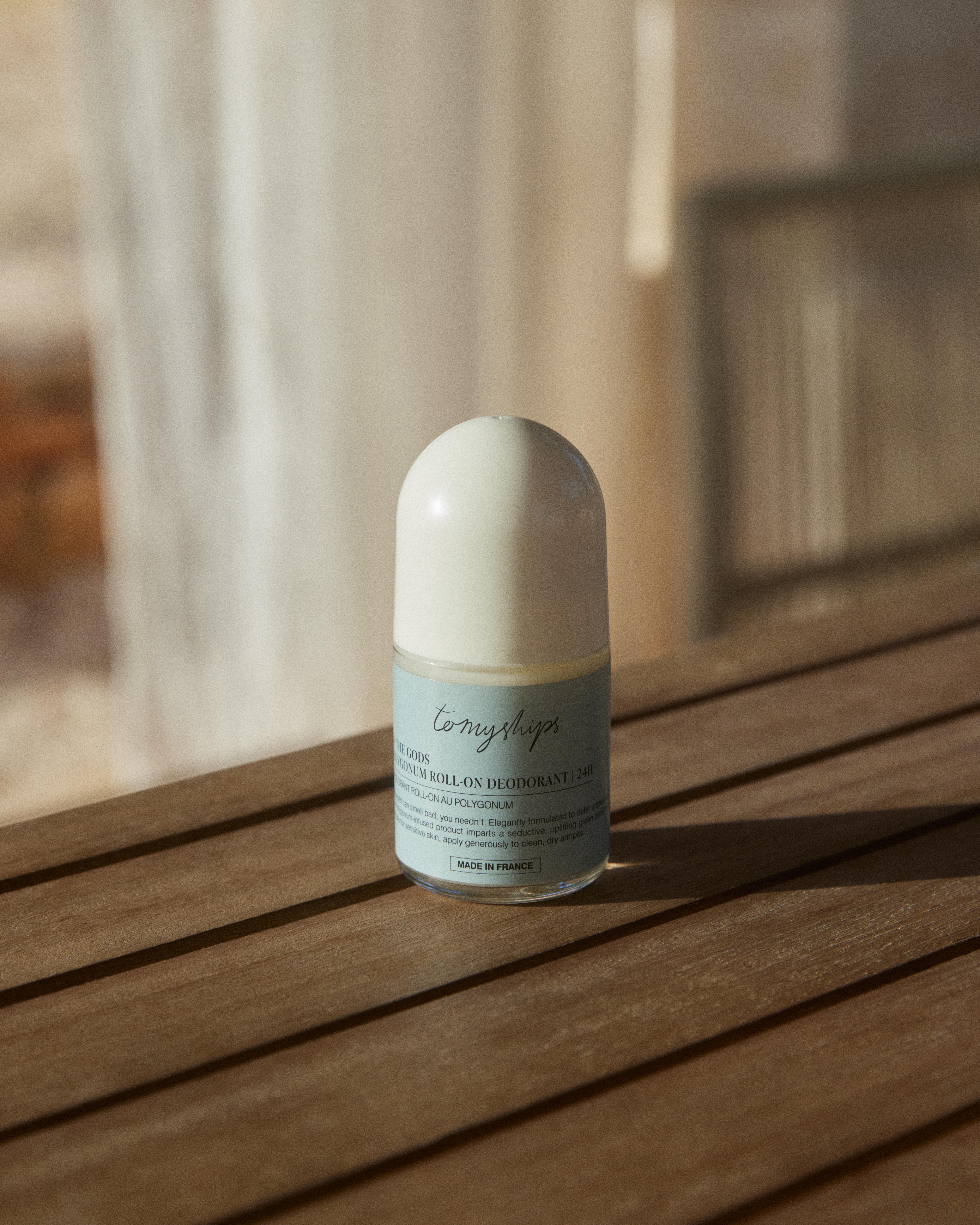




















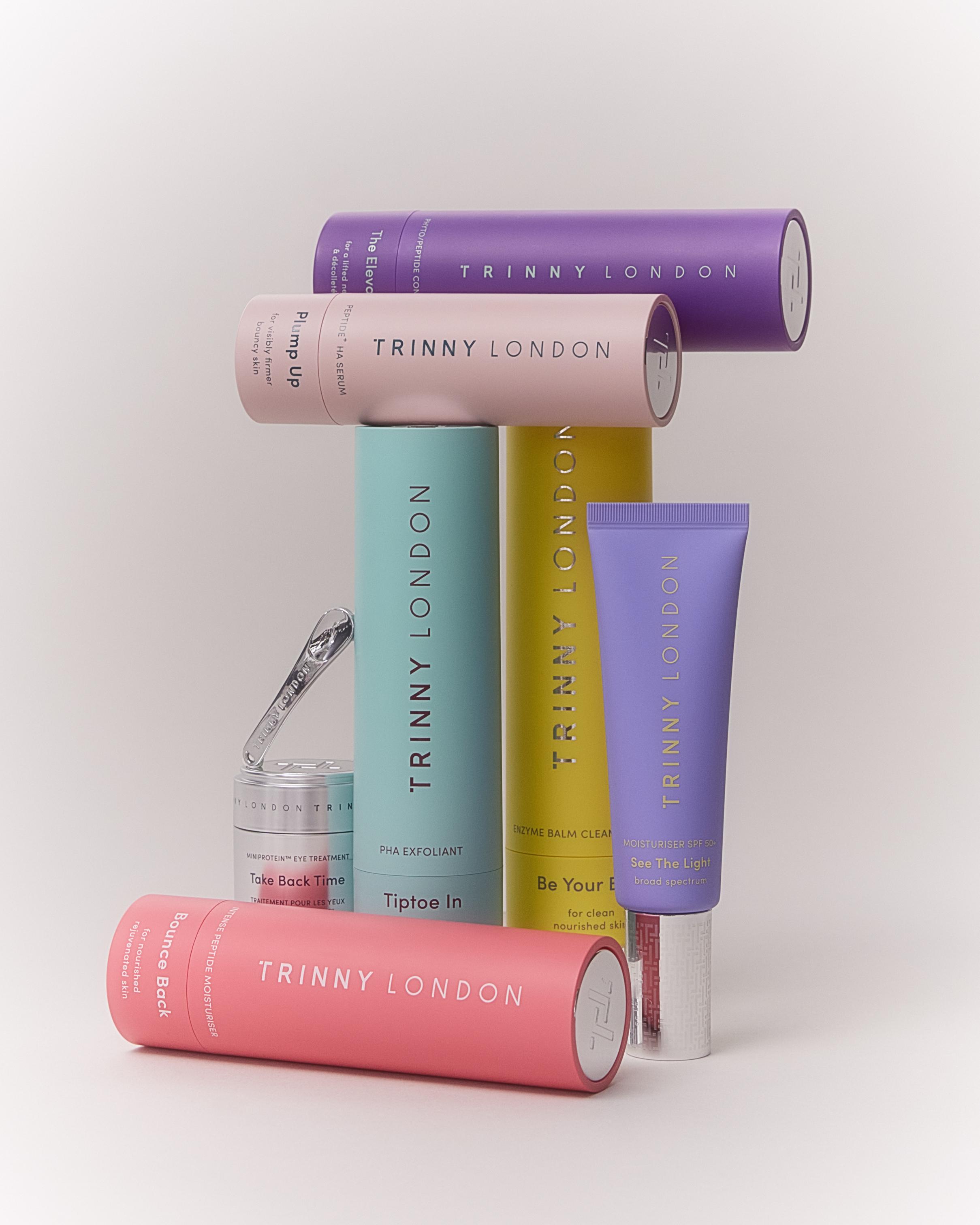








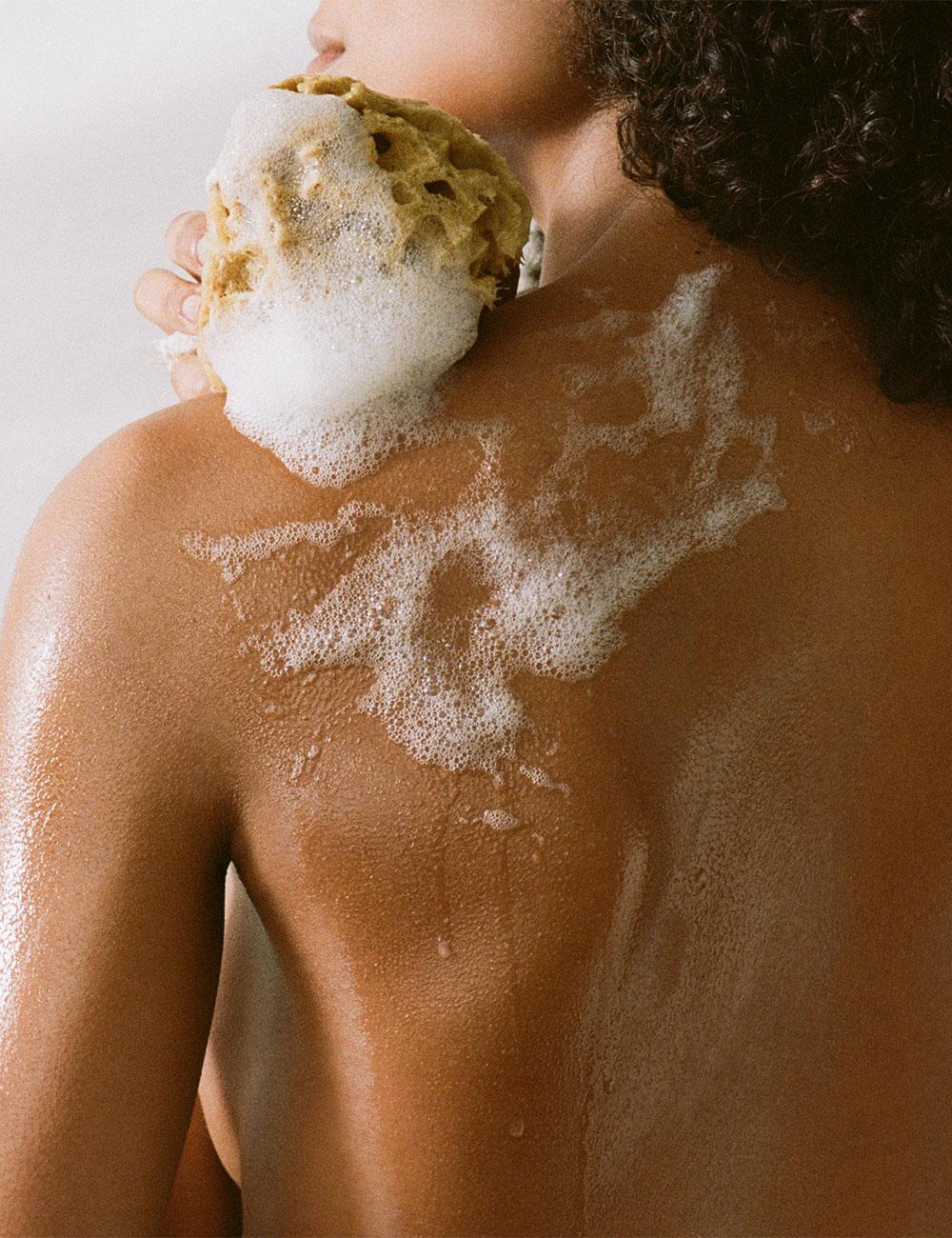






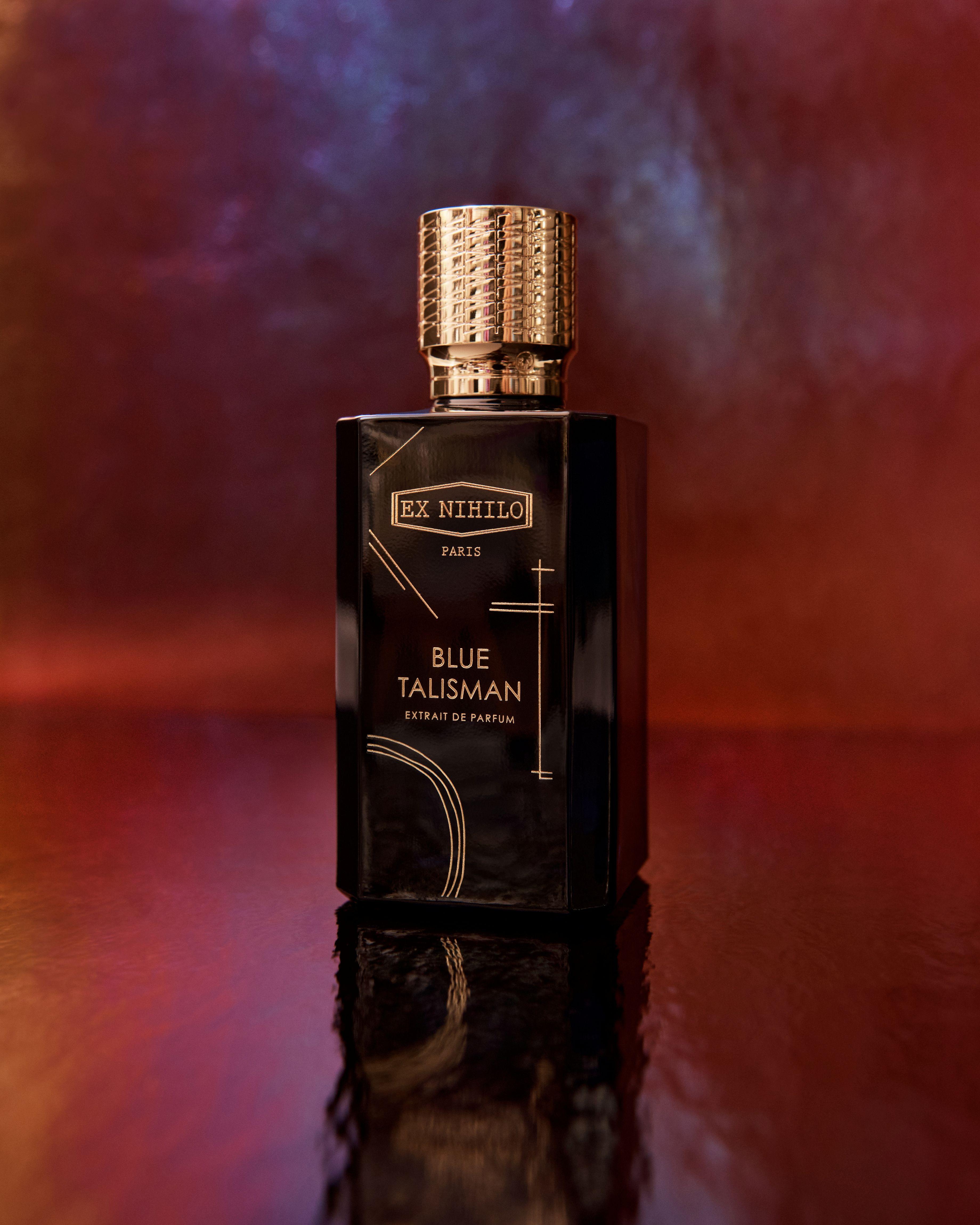



?fmt=auto&qlt=default)

